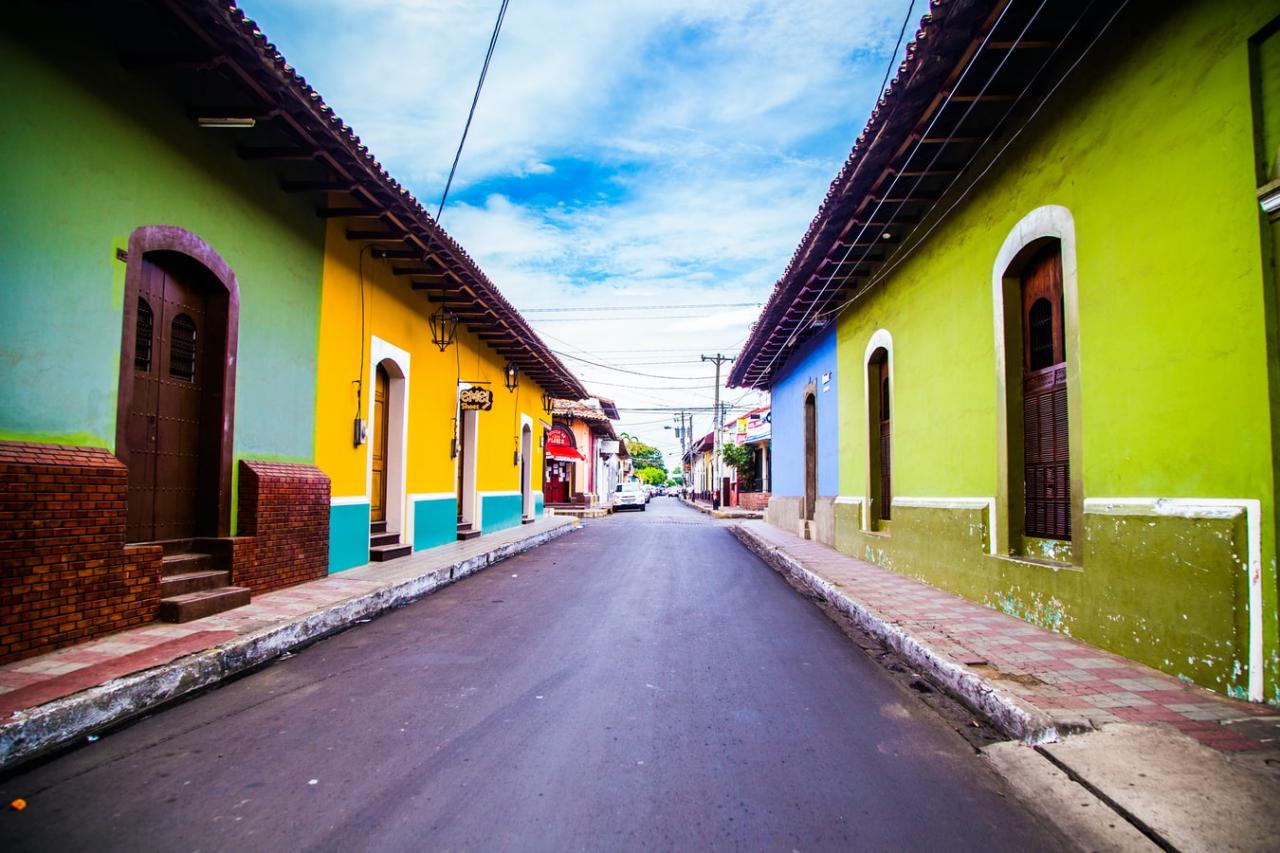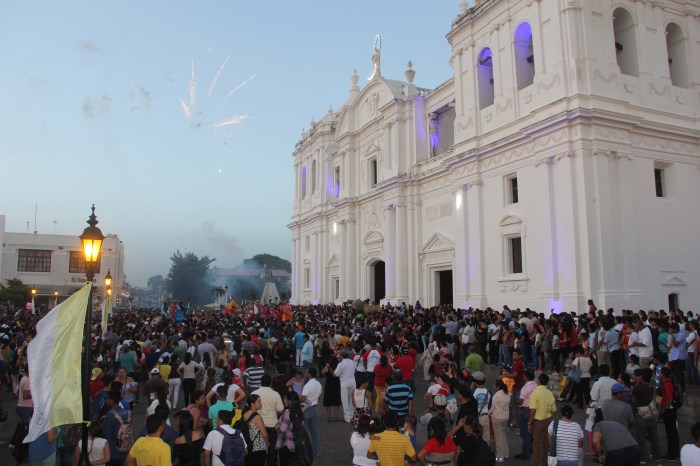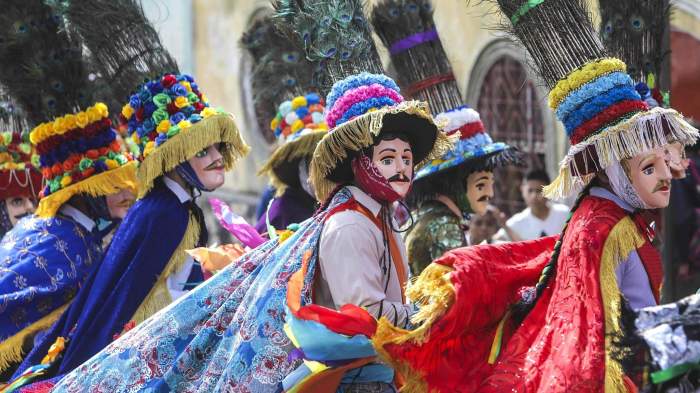La griteria is a nicaraguan festival that celebrates – La Gritería, a captivating Nicaraguan festival, is a vibrant celebration that honors the Immaculate Conception of Mary. Rooted in a rich history and deeply embedded in Nicaraguan culture, this festival showcases a blend of religious devotion, traditional rituals, and artistic expressions.
With its origins tracing back to the 1850s, La Gritería has evolved into a significant cultural event, fostering a sense of community and national identity. The festival’s unique practices, such as the exchange of gifts and the enthusiastic “gritos” (shouts), create a captivating atmosphere that draws both locals and visitors alike.
History and Origins of La Gritería

La Gritería is a vibrant religious festival celebrated annually in Nicaragua on December 7th. It commemorates the Immaculate Conception of the Virgin Mary, the patron saint of the country. The origins of the festival can be traced back to the 1850s when a cholera epidemic ravaged Nicaragua.
The people of León, desperate for divine intervention, prayed to the Virgin Mary for protection. Miraculously, the epidemic subsided, and in gratitude, the people began to celebrate La Gritería.
Traditions and Rituals of La Gritería: La Griteria Is A Nicaraguan Festival That Celebrates
The central tradition of La Gritería is the “grito” (shout), a spontaneous expression of devotion to the Virgin Mary. Throughout the night of December 7th, people gather in the streets, carrying candles and images of the Virgin. As the clock strikes midnight, they shout “Quién causa tanta alegría? ¡La Concepción de María!” (“Who brings so much joy? The Conception of Mary!”).
This ritual is accompanied by the exchange of gifts, known as “la gorra,” which include candles, rosaries, and sweets.
Music, Dance, and Religious Imagery, La griteria is a nicaraguan festival that celebrates
Music and dance play a vital role in La Gritería. Traditional songs, known as “villancicos,” are sung throughout the night, accompanied by marimbas, guitars, and other instruments. Religious imagery is also prevalent, with altars and shrines erected in homes and public spaces.
Cultural Impact of La Gritería
La Gritería has a profound cultural impact on Nicaraguan society. It fosters a sense of community and national identity, bringing people together in a shared celebration of their faith. The festival also serves as a way to preserve and promote Nicaraguan traditions, showcasing the country’s unique blend of indigenous, Spanish, and Catholic influences.
Regional Variations of La Gritería

While the core traditions of La Gritería remain the same throughout Nicaragua, there are regional variations in the celebration. In León, the festival is known for its elaborate altars and processions, while in Granada, it is celebrated with lively street parties and fireworks.
Artistic Expressions of La Gritería
La Gritería has inspired a wide range of artistic expressions, including music, dance, painting, and literature. Notable musicians like Carlos Mejía Godoy have composed songs about the festival, while painters like Armando Morales have captured its vibrant colors and religious imagery in their works.
Tourism and Economic Impact of La Gritería

La Gritería is a major tourist attraction in Nicaragua, drawing visitors from around the world. The festival generates significant revenue for local businesses, including hotels, restaurants, and souvenir shops. The government has recognized the economic potential of the festival and has taken steps to promote it as a cultural tourism destination.
Questions Often Asked
When is La Gritería celebrated?
La Gritería is celebrated annually on December 7th, the eve of the Feast of the Immaculate Conception.
What is the significance of the “gritos”?
The “gritos” are enthusiastic shouts of “Quién causa tanta alegría?” (“Who causes so much joy?”) and “María!” (“Mary!”), expressing devotion to the Virgin Mary.
How has La Gritería influenced Nicaraguan art?
La Gritería has inspired numerous works of music, dance, painting, and other art forms, reflecting the festival’s vibrant colors, traditional costumes, and religious imagery.